MARKET OVERVIEW
The global industrial design market, as presented in Metastat Insight report, illustrates that these adjustments are neither peripheral nor transitory they are integrated changes that redefine the way subsequent generations of products are designed. Another notable trend is the redesign of collaboration in design teams. As globalization sculpts supply chains and development cycles, designers no longer work in environments that call for inflexibility and a lack of interdisciplinarity acumen. Whatever they work on with engineers, marketing specialists, or data scientists, the work of the industrial designer now involves more skills than ever before. Communication, both visual and abstract, has turned into a valuable asset. This transformation is reflected in the workflows businesses are embracing where iterative design sprints, user feedback loops, and prototype iterations become increasingly common practice.
The detailed report reveals a complex canvas of the industry, providing a new outlook on how design meets function, beauty, and the needs of production in global industrial design market. In place of the broad brushstrokes so habitually applied in industry descriptions, this report examines the granular details that speak to the personality and proclivities defining direction today. One of the most engaging elements of this market is the subtle but steady evolution it experiences because of changing relationships between form and function.
Where many sectors boom or plateau on sensational technological upheavals or policy initiatives, industrial design progresses in incremental layers. These transformations tend to be dictated by designers' ability to balance user expectation against manufacture feasibility. Progressively, what could seem like incremental variations in materials preference or ergonomic requirements trickle into wide-ranging changes in design lexicon and product. What distinguishes the global industrial design market is its focus on combining creative imagination with practical limitations. Designers in this segment are not so much concerned with what they can add to the product, but rather with how they must negotiate a complicated balance between innovation and production feasibility.
As things are made more sophisticated, and manufacturing is increasingly automated, the function of design ceases to be aesthetic alone and becomes technical in nature. The marriage of computer-aided design software with conventional principles has not eliminated human touch it has increased its accuracy and scalability. This has led to a readjustment of expectations, particularly on the part of organizations who previously considered industrial design ancillary to basic. Markets on every continent are coming to appreciate the strategic potential that exists in design-thought approaches. Although these ideas are frequently touted in management texts, their real power arises when they are translated into real-world settings where materials, labor, and cultural inclinations intersect. What makes the global industrial design market unique in this sense is the way it expresses local particularities while informing a larger, global design conversation.
The balance between international inspiration and local interpretation characterizes most profitable design undertakings in the present day. Designers are not only required to create objects that meet utilitarian needs but also to bestow upon them stories that are meaningful to a wide range of audiences. The influence of sustainability rhetoric has also penetrated deeply into this field. Instead of being conducted as a fad, environmental concerns have slowly integrated themselves into the architecture of design thinking. This change does not arise from cosmetic branding requirements, but from a new convergence between environmental consciousness and long-term manufacturing effectiveness. The material employed, the processes embraced, and the lifecycles for products planned are thus being reassessed.
One would also note how the lines between physical and digital blur on. The global industrial design market sits at a special point where analog techniques coexist with digital fabrication processes. Additive manufacturing, and sophisticated simulation tools have opened new realms of experimentation. These technologies not only accelerate timelines; they allow for a more advanced exploration of form and structure that would have otherwise been unthinkable or prohibitive in terms of cost. And although these technologies open up possibilities, they also introduce issues namely in regards to maintaining consistency, quality control, and ethical issues involving design ownership. Cultural narration has also become a stealthy but powerful undertone. Products are no longer regarded simply as standalone outputs but as bearers of meaning. Consumer purchasing decisions in much of the globe are increasingly being fueled by something more than price or functionality. Rather, consumers seek compatibility with values, heritage, or identity. Industrial designers, as a response, are infusing these layers of meaning into their designs, and what emerges is a product that communicates more emotionally.
Global industrial design market is estimated to reach $75,200.66 Million by 2032; growing at a CAGR of 6.3% from 2025 to 2032.
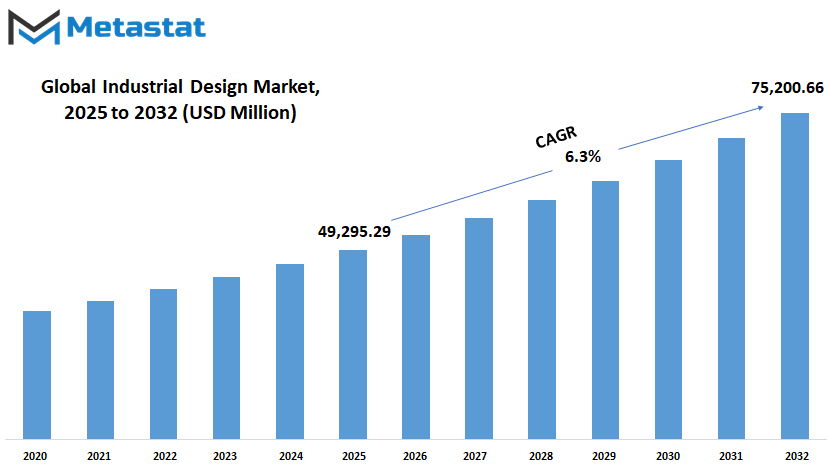
GROWTH FACTORS
The global industrial design market will continue to grow steadily in the years ahead, driven by various factors that point toward a strong future. One of the main reasons for this expected rise is the increasing demand for user-centered and visually appealing product designs across industries. Companies are paying more attention to how their products look and feel, not just how they work. This shift is encouraging businesses to invest more in design services, helping the market expand. Along with this, the rise of smart technologies and digital tools is changing how designers work. These tools allow faster and more accurate design processes, which also helps businesses cut costs and improve productivity.
Another key factor supporting this growth is the rising competition among businesses. As companies aim to stand out, they look for unique design features to appeal to their customers. Industrial designers play a big role in making products more attractive, functional, and easier to use. Also, many industries like automotive, electronics, and consumer goods are seeing fast-paced developments. This demand for innovation is pushing companies to bring in creative professionals who can help shape products for future use. These professionals do not only focus on appearance but also on how to make products sustainable and energy-efficient, which is another growing need.
However, despite these positive signs, some challenges might slow down the progress of the global industrial design market. One of the main issues is the high cost of hiring skilled designers and maintaining up-to-date design tools. Smaller businesses often find it hard to match the budgets of larger companies, which can limit their access to advanced design support. Another concern is the gap in skill levels. Not all regions have enough trained designers who can meet the rising demand, which may affect how quickly the market can grow globally.
Even with these challenges, there are still promising opportunities. The shift towards eco-friendly product design and the push for greener production methods will likely open up new paths for growth. As awareness of climate issues grows, more companies will look for designers who can create solutions that reduce waste and make better use of resources. Also, as more countries adopt digital practices, there will be a stronger push to use virtual design platforms, making it easier for companies across the world to access top design talent. These factors will help shape the future of the global industrial design market in a positive way.
MARKET SEGMENTATION
By Type
The global industrial design market is expected to grow steadily in the coming years, influenced by new technology, changing consumer habits, and the need for more user-friendly products. Industrial design focuses on making products not only useful but also appealing and easy to use. As industries across the world shift toward smarter solutions and connected systems, this field is becoming more important than ever. From everyday household items to complex machinery, everything goes through a design process that takes into account how people interact with these objects. This approach helps businesses stay competitive and meet the rising expectations of customers who want both function and form.
The global industrial design market, by type, includes several categories such as Product Design, Model Design & Fabrication, User Interface & Interaction Design, and others. Each plays a unique role in shaping how products look, feel, and work. Product design focuses on creating the physical aspects of a product, making sure it is practical and visually appealing. Model Design & Fabrication takes the idea one step further by turning concepts into working prototypes. This step is important because it helps designers and companies test how a product will perform before it is made on a large scale. User Interface & Interaction Design, on the other hand, deals with how people use digital tools and devices. As more gadgets rely on touchscreens, voice control, and automation, this part of design will only grow in importance.
Looking ahead, the global industrial design market will likely see big changes as artificial intelligence, augmented reality, and advanced materials become more common. Designers will use these tools to create smarter and more adaptable products. For example, AI might help analyze user behavior to improve future designs, while new materials could make products lighter, stronger, and more eco-friendly. In this future, the role of the designer will expand. They will need to think not just about how a product looks or works but also how it fits into a bigger system of connected devices and services.
As industries continue to invest in design thinking, the demand for skilled professionals in this area will rise. Companies that embrace new design methods and technologies will be better prepared to meet future challenges. The global industrial design market will keep changing, but one thing is clear: thoughtful design will be key to success in the products of tomorrow.
By Application
The global industrial design market is expected to see steady growth in the coming years as industries continue to look for new ways to improve products and connect better with users. As more people demand products that are both useful and visually appealing, the importance of design will grow across different areas. This includes how we travel, the electronics we use daily, the machines we rely on, and the tools that support our health and comfort. The value of good design is becoming clearer, and companies will likely invest more in this area to stay ahead.
In transportation, design will focus on making vehicles smarter, safer, and more energy-efficient. With the rise of electric and autonomous vehicles, there will be a greater push for designs that support both performance and comfort. In electronics, the global industrial design market will likely shift toward devices that are not only more powerful but also more intuitive to use. Designers will work on blending technology into daily life in a way that feels natural and helpful. This could mean new forms of wearable tech or home devices that understand and respond to users without needing complex input.
Household items are also going through changes. People want things that are simple, reliable, and made with care. Design will play a big part in creating products that fit into everyday life without taking over. In machinery and equipment, improvements in design will help businesses run more smoothly. Better design can mean tools that are easier to use, fix, and upgrade, leading to higher productivity and less downtime.
Consumer goods are expected to keep moving toward personalization. Companies will rely on design to create products that speak directly to the needs of specific groups. This could involve colours, shapes, or features that match personal style and practical needs. In healthcare, design has the power to change how people experience treatment and care. From medical tools to patient rooms, a focus on design will help make healthcare more accessible and less stressful.
Other uses will continue to pop up as new technologies appear. Designers will need to keep adapting to changes in how people live and work. This means thinking ahead and finding creative ways to solve problems before they grow. The global industrial design market will play a big role in shaping the future by turning ideas into real solutions that people can use and trust.
|
Forecast Period |
2025-2032 |
|
Market Size in 2025 |
$49,295.29 million |
|
Market Size by 2032 |
$75,200.66 Million |
|
Growth Rate from 2025 to 2032 |
6.3% |
|
Base Year |
2024 |
|
Regions Covered |
North America, Europe, Asia-Pacific Green, South America, Middle East & Africa |
REGIONAL ANALYSIS
The global industrial design market is moving toward a future where innovation, efficiency, and sustainability will become even more central to how products are developed and presented. With the growing demand for user-friendly and visually appealing products, design is no longer just about how something looks it is also about how it works and fits into people’s lives. As industries adopt smarter technologies and automation, the role of industrial design will keep changing to meet these new expectations. This shift will influence how products are made, the materials used, and the way design teams operate around the world.
Geographically, the global industrial design market is divided into several regions, each contributing in its own way. North America, which includes the U.S., Canada, and Mexico, continues to lead in design innovation due to strong support for research and development, advanced manufacturing, and a culture that values creative thinking. In the U.S. especially, companies are investing in smart products that are both functional and sustainable. Europe, which includes the UK, Germany, France, Italy, and the rest of the region, is focusing on environmentally responsible design. Countries like Germany and the UK are using technology to improve production while cutting down on waste. This attention to eco-friendly design will likely become a key driver in shaping the market across the region.
Asia-Pacific, which covers India, China, Japan, South Korea, and other countries, is quickly becoming a major player. China and India are showing strong growth due to rapid industrial development and increased demand for consumer electronics and smart appliances. Japan and South Korea, known for their advanced technology, will keep pushing boundaries in industrial design by blending tradition with modern techniques. South America, with Brazil and Argentina leading the way, is beginning to embrace more advanced design processes, especially in consumer goods and automotive sectors. There is a rising interest in locally inspired yet globally competitive designs.
The Middle East & Africa region, including GCC Countries, Egypt, South Africa, and others, is gradually expanding its presence. These areas are showing steady investment in infrastructure and manufacturing, which opens the door for more design-related developments in the future. As companies in these regions adopt newer technologies, the demand for skilled designers and innovative product ideas will grow. Over time, the global industrial design market will become more connected, with different parts of the world contributing unique perspectives and solutions that reflect both local and global needs.
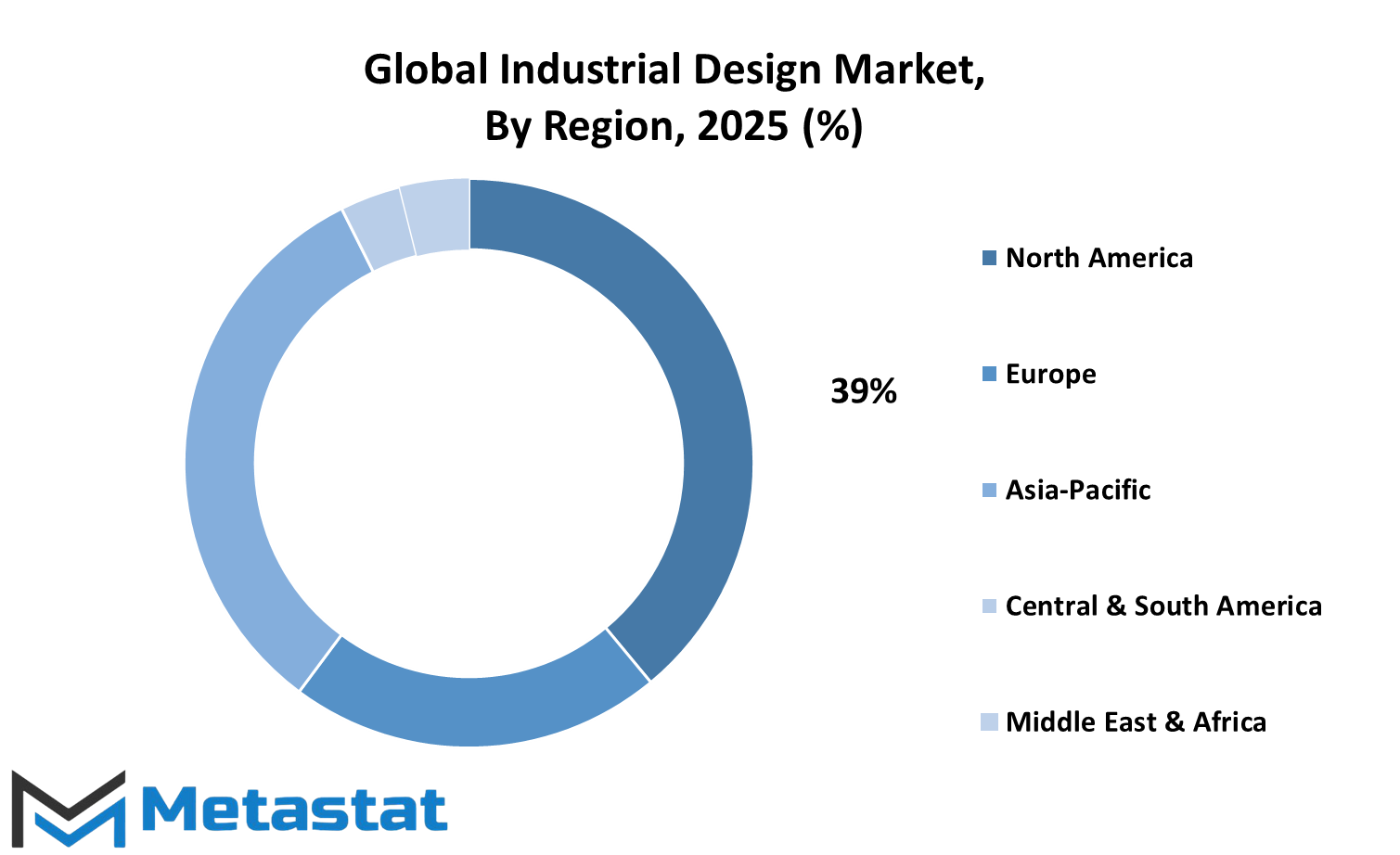
COMPETITIVE PLAYERS
The global industrial design market is expected to keep growing steadily, shaped by shifts in technology, user expectations, and business strategies. The market is no longer just about how a product looks, but also how it works, feels, and fits into everyday life. In the coming years, industrial design will become even more closely tied to innovation, helping companies stand out in a fast-paced, competitive environment. Companies will rely more on design thinking to create products that solve real problems and improve people’s experiences. With more businesses realizing the value of design in product development, the role of designers will continue to grow.
Leading names in this field have already shown what’s possible when creativity meets function. Companies like IDEO, Frog Design, Pentagram, LAYER, Ammunition Group, and Smart Design are shaping the way products are imagined and built. They’ve moved past just drawing up prototypes. Now, they explore user needs, gather feedback, and create solutions that connect with people on a deeper level. These firms don’t just set trends they influence how other companies think about design. Alongside them, players such as PDD Group, Speck Design, RKS Design, and Kohler are pushing boundaries, often blending design with technology, data, and sustainability.
The future will likely bring tighter links between industrial design and areas like artificial intelligence, automation, and sustainable materials. Designers will need to consider not only how a product is used but also how it's made and how long it lasts. That means more attention to recycled materials, lower energy use during production, and longer product life. With consumers becoming more aware of the impact of their purchases, companies that bring design and responsibility together will lead the way.
As digital tools get more advanced, industrial designers will be able to test ideas faster and more accurately. This will speed up product development and make it easier to respond to changes in what people want. Still, despite new tools and data, the human side of design will stay important. The connection between users and products can’t be fully predicted by software. It takes empathy, creativity, and understanding to get it right.
The global industrial design market will continue to be driven by competitive players who are not only skilled but forward-thinking. These companies won’t just meet today’s expectations they will shape what tomorrow looks like.
Industrial Design Market Key Segments:
By Type
- Product Design
- Model Design & Fabrication
- User Interface & Interaction Design
- Others
By Application
- Transportation
- Electronic
- Household
- Machinery & Equipment
- Consumer Goods
- Healthcare
- Others
Key Global Industrial Design Industry Players
- IDEO
- Frog Design
- Pentagram
- LAYER
- Pentagram
- Ammunition Group
- PDD Group
- Smart Design
- Speck Design
- RKS Design
- Kohler
WHAT REPORT PROVIDES
- Full in-depth analysis of the parent Industry
- Important changes in market and its dynamics
- Segmentation details of the market
- Former, on-going, and projected market analysis in terms of volume and value
- Assessment of niche industry developments
- Market share analysis
- Key strategies of major players
- Emerging segments and regional growth potential



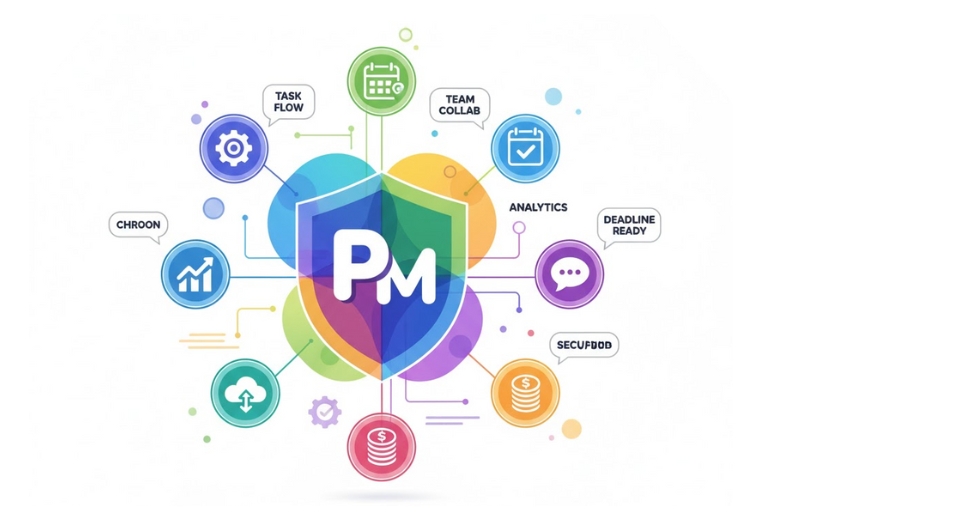
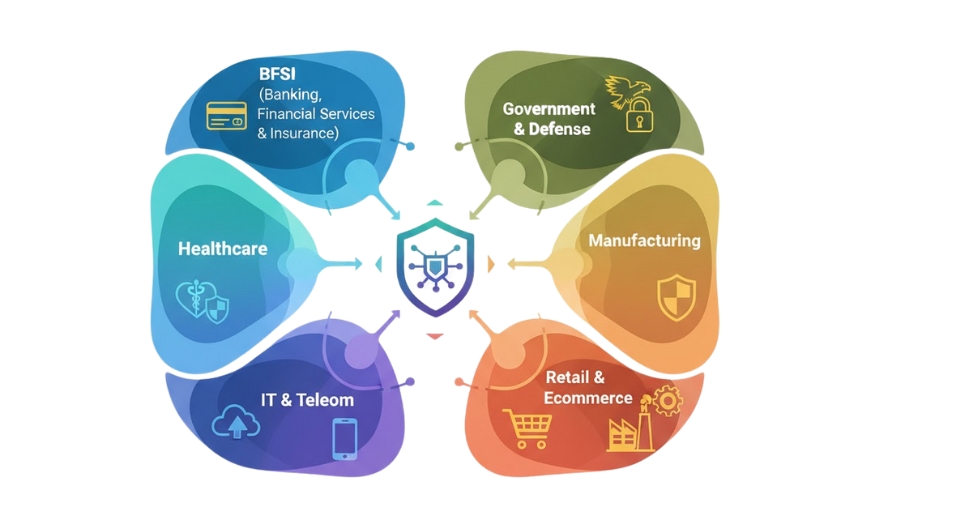

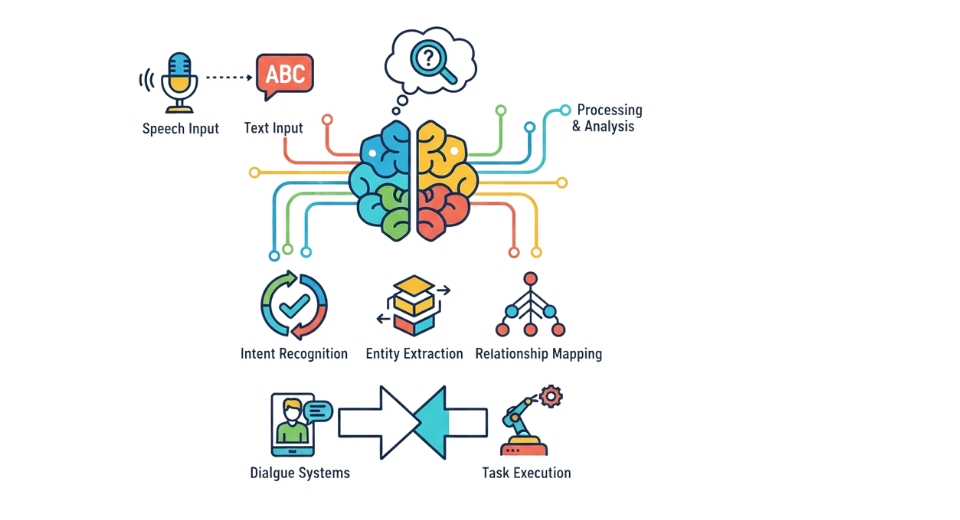

 US: +1 3023308252
US: +1 3023308252






